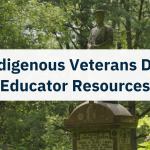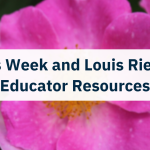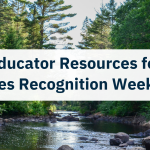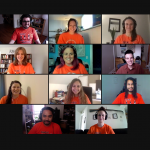5 Resources To Address Truth and Reconciliation Week in your Classroom
With Truth and Reconciliation Week just around the corner, many educators begin to explore these complex topics with learners. Just as no two people are the same, there is no “one size fits all” approach to discussing truth and reconciliation. Each of us has a lens through which we perceive the world. Our family history, personal experiences, and culture shape this viewpoint. Below are five activities you can use to support learners beginning their journey to truth and reconciliation.
Truth and Reconciliation in Literature
Use age-appropriate literature by Indigenous authors to approach truth and reconciliation with learners.
This blog post shares ten books written by Indigenous authors, appropriate for Kindergarten to Grade 12. You may wish to use one of these books in your classroom as a discussion starter. Alternatively, the book you share could inspire an art project, creative writing activity, drama presentation, or social action initiative.
Reconciliation Through Calls to Action
Watch this video with your learners: Truth and Reconciliation For Residential Schools.
It reviews the history of residential schools, the meaning of truth and reconciliation, and shares examples of communities looking to raise awareness about the TRC’s 94 Calls to Action.
After watching this video, consider asking learners to review the 94 Calls to Action and choose one that inspires them. Ask learners: What can individuals, schools, or communities do to honour this call to action? You may encourage learners to engage in a group discussion, create a short written reflection, or represent their thinking through art.
Cultural Assimilation Policies
Discuss cultural assimilation with learners. Encourage them to write poems inspired by George Ella Lyon’s famous poem “Where I’m From.”
This activity introduces learners to the concept of cultural assimilation. Using “Where I’m From” as a guide, encourage learners to reflect on their family and cultural history through poetry. Alternatively, you may wish to encourage learners to interview a residential school Survivor and write a poem from their perspective, with permission. This is an opportunity to discuss sensitivity and empathy with learners.
Residential School Survivors
Encourage learners to use this activity to reflect on their perspectives about reconciliation: Your Thoughts about Reconciliation.
Learners will use their descriptive writing skills to reflect on the experiences of residential school Survivors. Alternatively, learners can reflect on their own experience learning about residential schools. They can use art, oral storytelling or drama to convey their message.
Indigenous Languages
Discuss how the residential school system affected Indigenous languages in Canada and where many of these languages stand today.
Learners have the opportunity to reflect on what they already know about Indigenous languages in Canada. They will identify what they would like to learn and assemble various facts to understand Indigenous languages. Consider challenging your learners to research beyond the information provided on the handout.
If you want to know more about events during Truth and Reconciliation Week or learn more about Truth and Reconciliation, check out our blog post, Truth and Reconciliation Week: Learning through Action.



